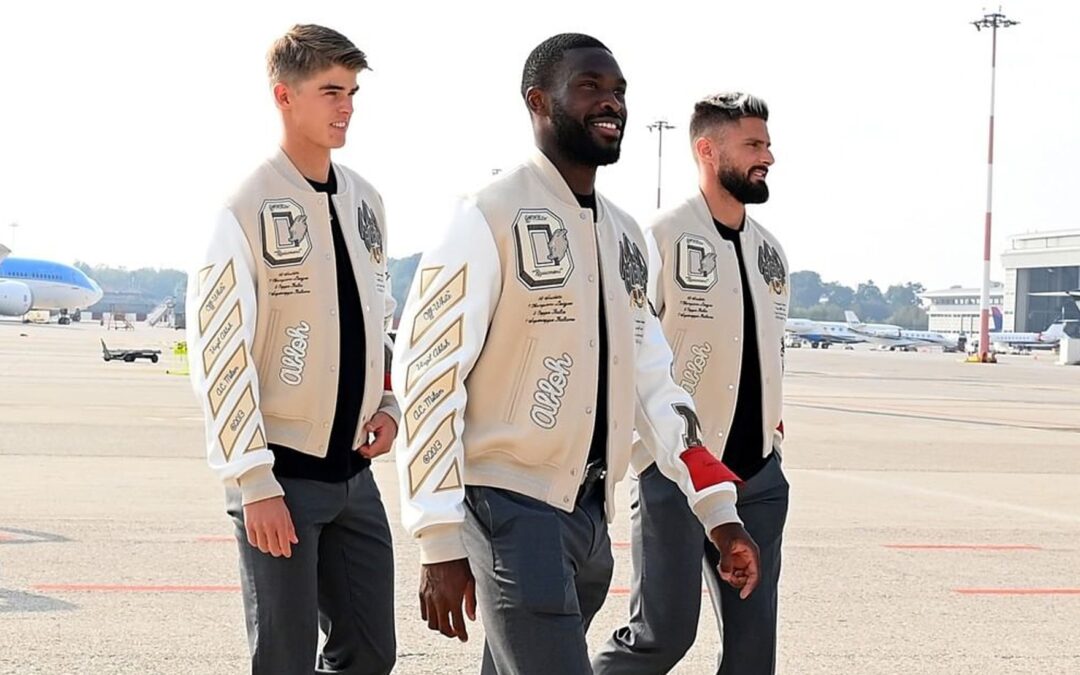Football and fashion might seem like two completely different worlds, but over the years, these two industries have become increasingly intertwined. From players becoming style icons to brands using football as a marketing tool, the relationship between football and fashion is more prominent than ever. In this article, we will explore the connection between football and fashion and how it has evolved over time.
Football has always been associated with style and fashion. From the iconic hairstyles of the 70s and 80s to the flashy boots of today, football has always had an influence on fashion trends. However, it wasn’t until the late 90s and early 2000s that the fashion industry started taking notice of football players’ style.
David Beckham, one of the most famous footballers of all time, was among the first players to become a fashion icon. He was known for his impeccable style both on and off the pitch, and he quickly became a trendsetter. He was regularly featured in fashion magazines and was even the face of several high-end fashion campaigns.
Since then, many footballers have followed in Beckham’s footsteps and become style icons in their own right. Players like Cristiano Ronaldo, Neymar Jr., and Paul Pogba are known for their bold fashion choices and have partnerships with some of the biggest fashion brands in the world. These players have become more than just athletes; they are now brand ambassadors and influencers in the fashion industry.

Indonesian footballer Marc Klok, for example, is known for his interest in fashion and was recently featured in fashion magazines wearing his best outfits. Klok is not alone in his passion for fashion, and his appearance in these magazines is just one example of how the worlds of football and fashion are becoming more intertwined with each passing year.
Football clubs have also started to embrace the world of fashion. Many clubs now have their clothing lines, and some have even collaborated with high-end fashion brands. Another example of the intersection between fashion and football is the partnership between the Italian football club AC Milan and the fashion brand Off-White™. The two entities have collaborated on a range of clothing and merchandise, blurring the lines between the two worlds even further. This partnership is evidence that fashion and football are not only coexisting but thriving together mutually.
The relationship between football and fashion has also become more visible on the pitch. Many football teams now have bespoke kits designed by high-end fashion brands. For example, the Italian club Juventus has a kit designed by Adidas and Italian fashion house Palace, and Spanish club Real Madrid has a kit designed by Adidas and Japanese designer Yohji Yamamoto.

Football players have become style icons, football clubs have their clothing lines, and high-end fashion brands are designing bespoke kits for football teams. This relationship between football and fashion is unlikely to fade anytime soon, and it will be interesting to see how it evolves in the future.
The Blurred Lines and Tensions
Fashion and football have become increasingly intertwined, with players using their platforms to express themselves and showcase their interests in the fashion world. However, there are still those who believe that football and fashion should be kept separate. This outdated view fails to recognize that players have the right to pursue their passions outside of the game.

Players like Eduardo Camavinga and Moise Kean have walked the runways for major fashion labels, highlighting how the lines between football and fashion are becoming increasingly blurred. Despite this, some individuals within the football world remain resistant to this shift. The recent criticism of Bayern Munich player Serge Gnabry for attending Paris Fashion Week on his day off is a prime example of this resistance.
Gnabry’s attendance at fashion shows was inoffensive and aligned with his interest in fashion. Despite this, Bayern’s Sporting Director, Hasan Salihamidžić, labeled the German winger’s behavior as “amateurish”. Such comments demonstrate a lack of understanding and appreciation for players who pursue their passions outside of football.
This resistance towards players expressing themselves in non-traditional ways is not unique to fashion. We have seen players like Marcus Rashford and Vinícius Júnior criticized for their humanitarian efforts and exuberant celebrations, respectively. Dele Alli was even ridiculed for wearing designer clothes to a player unveiling.
This resistance towards players expressing themselves highlights the tension around race and class within the football world. It is those who are out of touch with the modern game and modern-day players that are threatened by athletes showing the world they are more than just machines focused solely on winning. The fact that those in positions of power are often the ones who fail to understand this only exacerbates the problem.
Players should be encouraged to pursue their passions outside of football. They are humans first and athletes second. Gnabry’s attendance at Paris Fashion Week should not have been subject to criticism or questions of professionalism. If anything, players feeling free to pursue their passions could help them perform better on the field.
In 2023, it is time for those in positions of power to recognize that players have the right to express themselves outside of football. This outdated resistance towards players pursuing their passions is counterproductive and threatens to stifle creativity and cultural fluidity within the game.

